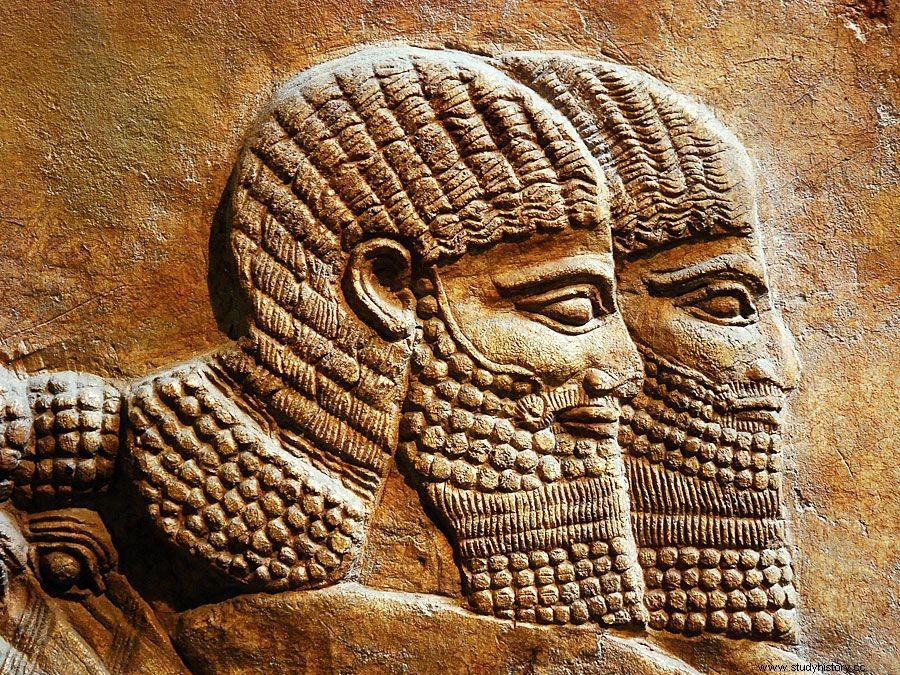Tabs , site of paleoanthropological excavations in a deep rock shelter at the rim Carmels looking at the Mediterranean north Israel . Artifacts , discovered in a long sequence of deposits at this site, document patterns of change in stone tool manufacture during the Lower and center Paleolithic periods. This record became the reference scale for human technological development in Southwest Asia 300,000–50,000–100,000 years ago. From 1929 to 1934, Tabūn also yielded a number of fossil remains from the Lower and Middle Paleolithic. The fossils suggest so Neanderthal ( Homo neanderthalensis ) and early modern humans ( H. sapiens ) alternately occupied the region.
 Britannica Quiz The Middle East:Fact or Fiction? Is the literacy rate in Afghanistan very high? Does Yemen take its name from the Arabic word "northern"? Sort the facts in this quiz about Syria, Iraq and other Middle Eastern countries.
Britannica Quiz The Middle East:Fact or Fiction? Is the literacy rate in Afghanistan very high? Does Yemen take its name from the Arabic word "northern"? Sort the facts in this quiz about Syria, Iraq and other Middle Eastern countries. Lower Paleolithic fossils at Tabūn are fragmentary and only indicate the heavily built nature of the people who inhabited the area occupied. Scattered fossils from Early Middle Paleolithic strata include incomplete limb bones and a complete mandible. The limb bones are characteristic of Neanderthals, while the lower jaw shows a combination of Neanderthal and earlier characteristics. These fossils date back more than 150,000 years, making them 100,000 years before most Neanderthal remains. Their combination of features documents a gradual appearance of Neanderthal facial features in Southwest Asia during this period.
Fossils from later layers of the Middle Palaeolithic include several isolated teeth and a female skeleton found buried at the side of the cave became. Although the female was small and lightly built, she possessed a number of characteristics known of Neanderthals elsewhere, including relatively large and badly worn front teeth, distinctive eyebrows Ear region details and stocky, cold-adjusted body proportions.
Very linear along with remnants, heat-matched People from the Israeli sites Skhūl and Qafzeh From about 90,000 years ago, the Tabūn fossils document an alternating occupation of the Levante during the Middle Palaeolithic. Neanderthals appear to be in cold phases spread south into the region (apparently from Anatolia and the Caucasus ), while early modern humans spread north from Africa during the intervening warm periods. This record shows an ecological separation of the two groups for tens of thousands of years during this period of human evolution .
